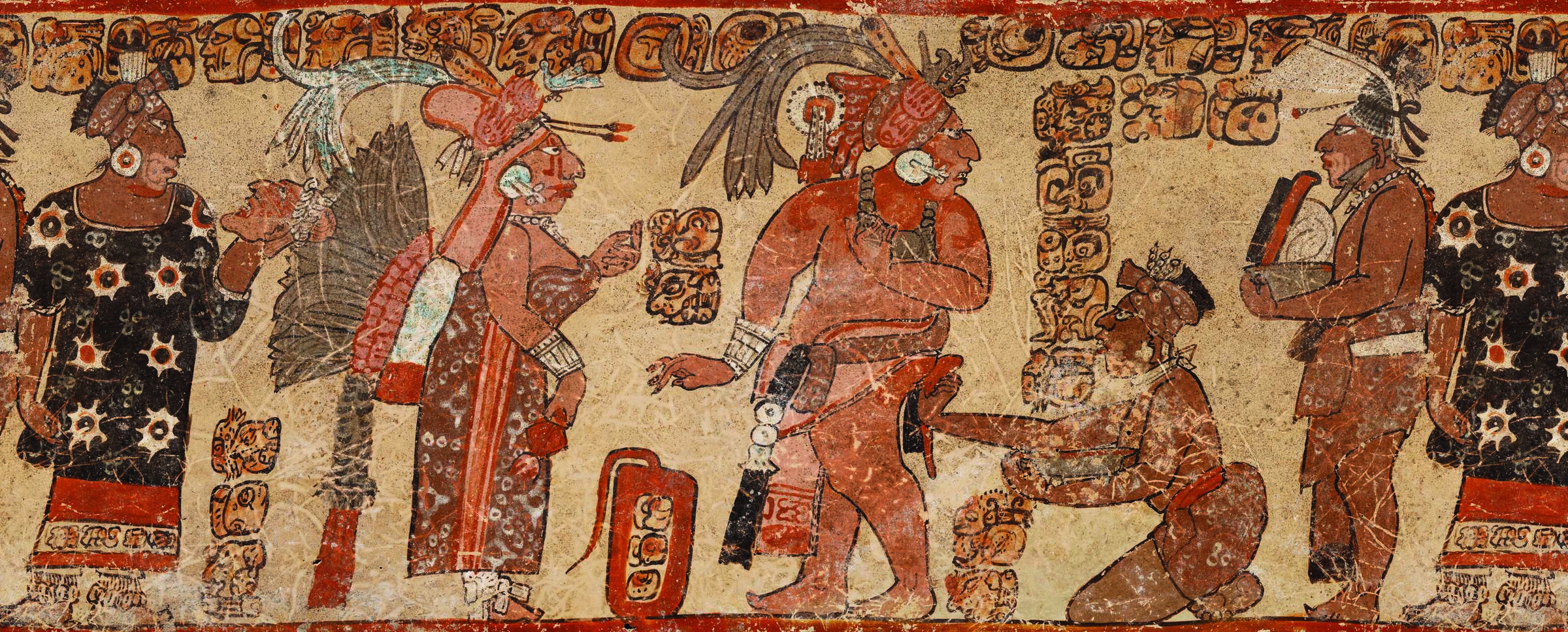COUNTY MEATH, IRELAND—The Irish Independent reports that archaeologists led by Geraldine Stout have uncovered pottery; the bones of cows, sheep, cats, and dogs; seeds; nuts; a key; a timber dash-urn with a paddle for churning butter; and a bakery at the site of a thirteenth-century monastery in eastern Ireland. The monastery was equipped with a communal latrine, a water system, and a cellar to support between 30 and 50 monks. Previous investigation of the site revealed French jugs and ceramic roof tiles, suggesting the site was inhabited by French Cistercians from Normandy known as De Bello Becco. The monastery also had a gatehouse. “We were lucky to find waterlogged deposits which preserved a lot of timber and seeds for us so we can tell by the flat oats and cereal that the monks made and ate sourdough bread,” Stout said. The site functioned as a monastery into the sixteenth century, she added. To read about a forgotten entrance to a monastery in Ireland's County Galway, go to "The Marks of Time: Monastery Doorway."
Medieval Monastery Excavated in Ireland’s County Meath
News September 22, 2020
Recommended Articles
Digs & Discoveries September/October 2025
Good Night, Sweet Prince
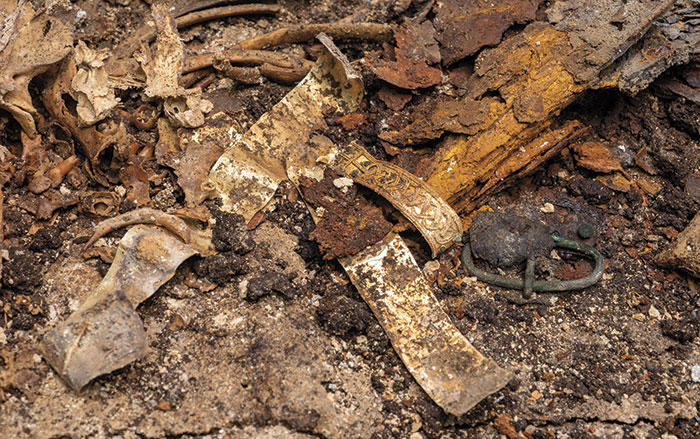
Features September/October 2025
How to Build a Medieval Castle
Why are archaeologists constructing a thirteenth-century fortress in the forests of France?
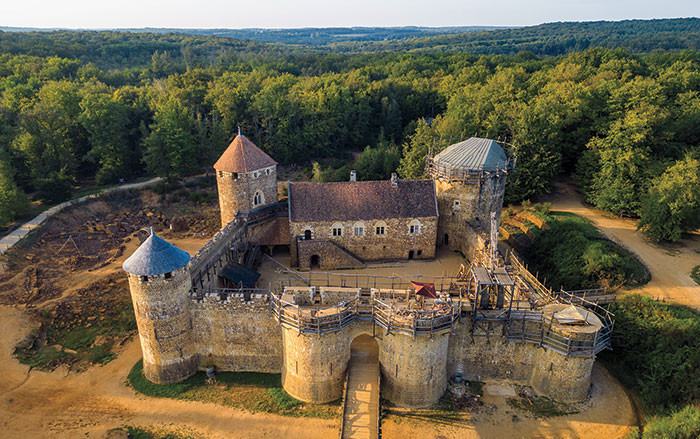
Features January/February 2025
Medieval England’s Coveted Cargo
Archaeologists dive on a ship laden with marble bound for the kingdom’s grandest cathedrals
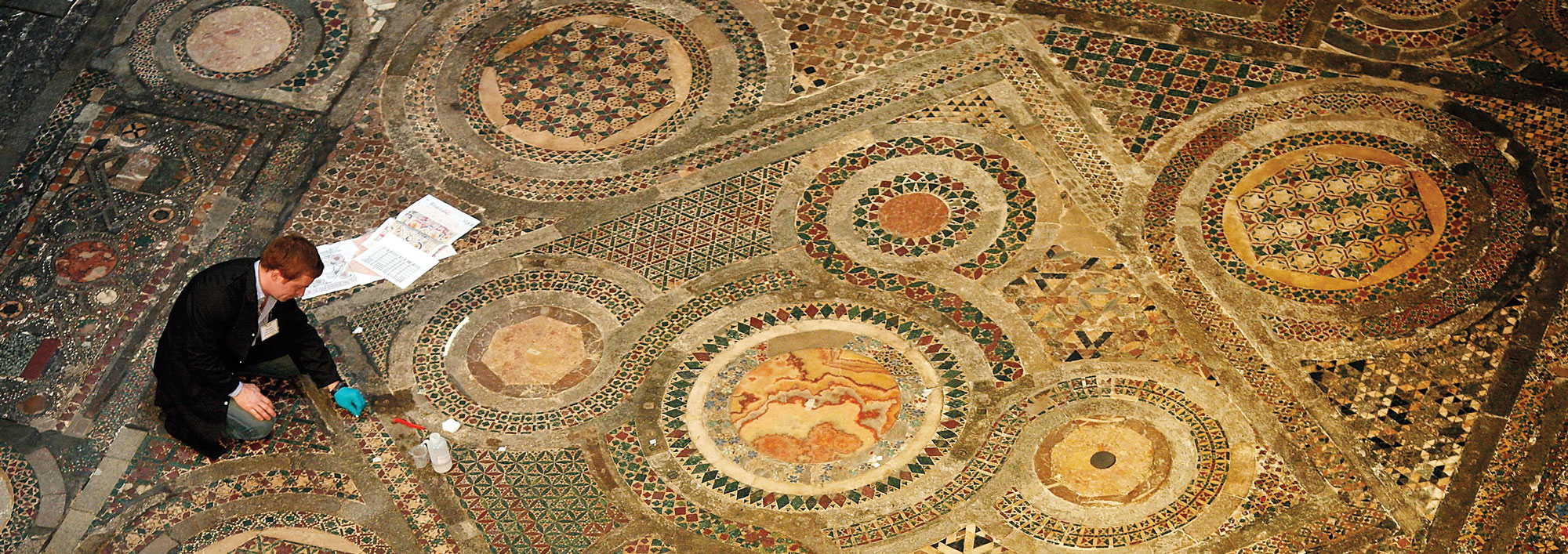
Artifacts May/June 2024
Medieval Iron Gauntlet
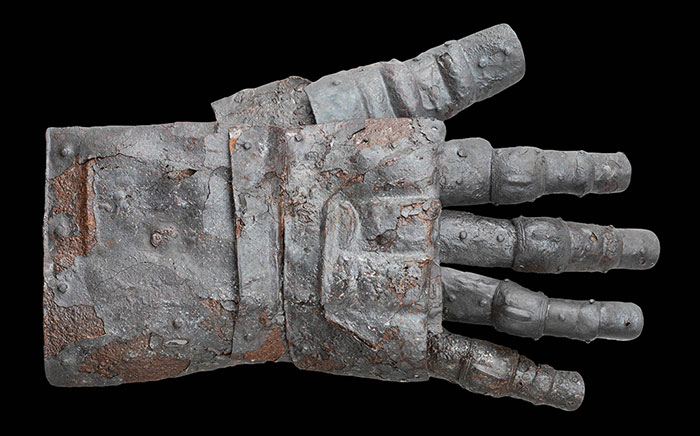
-
Features July/August 2020
A Silk Road Renaissance
Excavations in Tajikistan have unveiled a city of merchant princes that flourished from the fifth to the eighth century a.d.
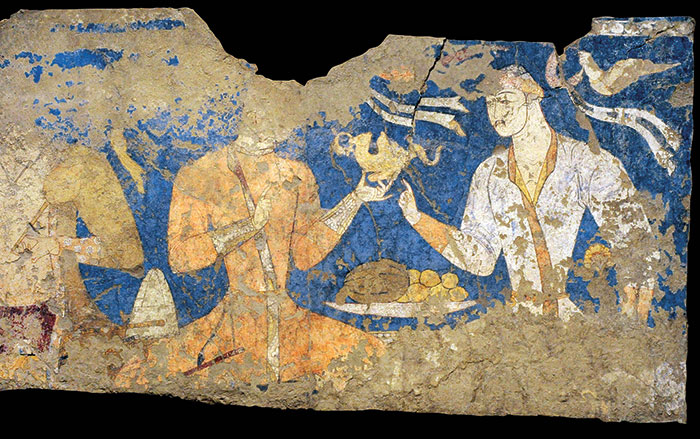 (Prisma Archivo/Alamy Stock Photo)
(Prisma Archivo/Alamy Stock Photo) -
Features July/August 2020
Idol of the Painted Temple
On Peru’s central coast, an ornately carved totem was venerated across centuries of upheaval and conquest
 (© Peter Eeckhout)
(© Peter Eeckhout) -
Letter from Normandy July/August 2020
The Legacy of the Longest Day
More than 75 years after D-Day, the Allied invasion’s impact on the French landscape is still not fully understood
 (National Archives)
(National Archives) -
Artifacts July/August 2020
Roman Canteen
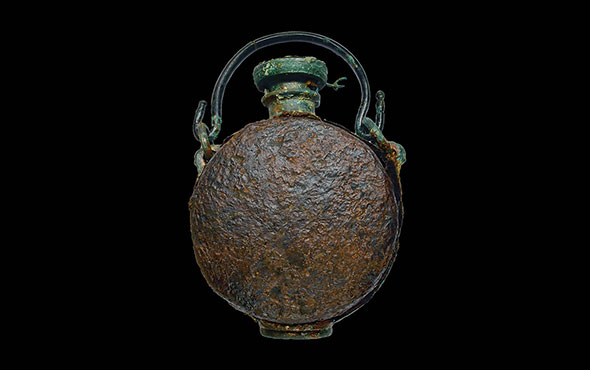 (Valois, INRAP)
(Valois, INRAP)


